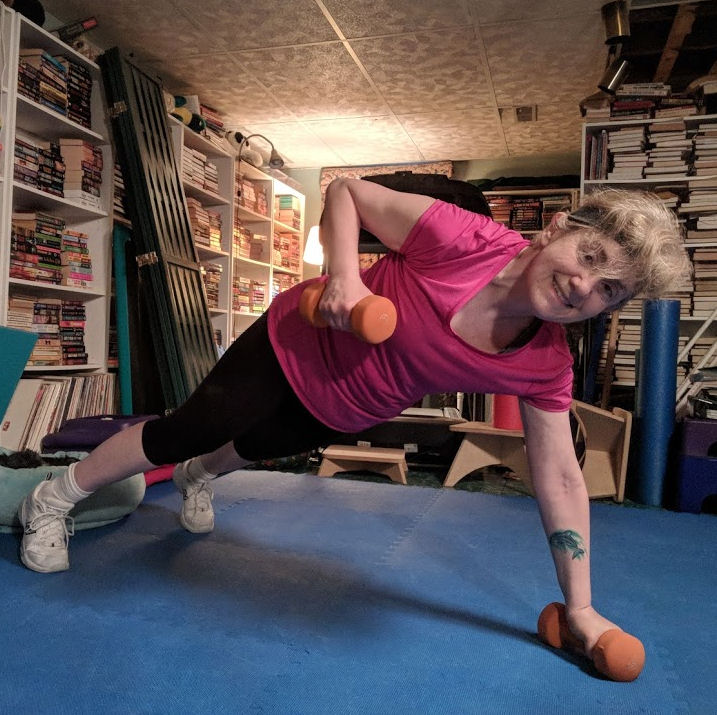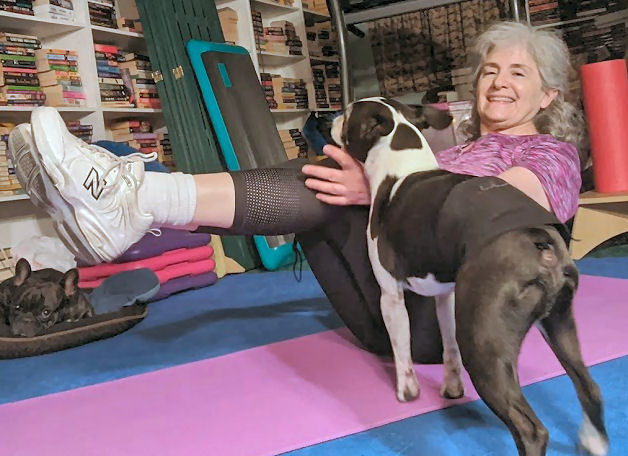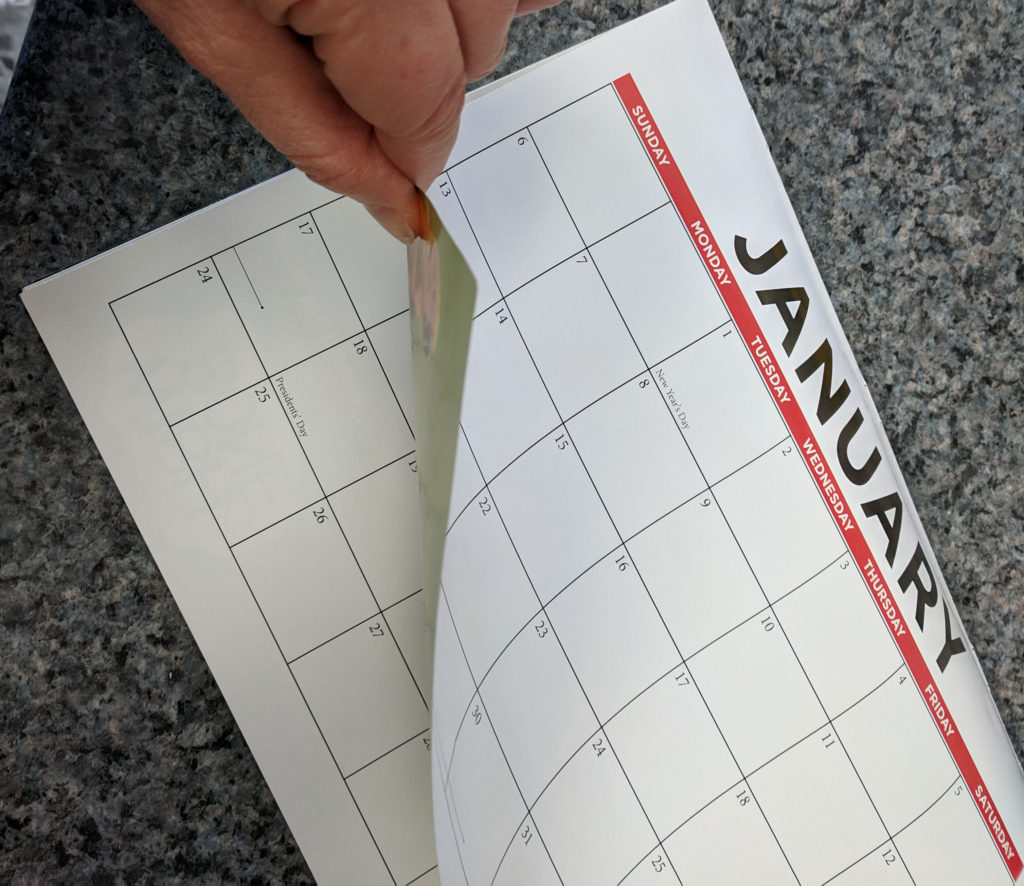Make working out easier on yourself. This is not to say that you should make your workouts easy. Rather, make it easy to exercise and get the full benefit of that exercise, especially for our healthy aging.
Get the maximum benefits
You know that there are many benefits to exercise. I wrote about this ‘way back in 2015! From the physical benefits to your bones, muscles, heart, lungs – to mental benefits, like improved memory and cognition and improved sleep. So, we still have to get our workouts in. So, to make sure that we get the most out of our workouts, here are 3 tips to make working out easy:
Tip #1 – Know yourself
If you’re the kind of person who’s a go-getter and won’t slow down or take out lighter weights, good for you. But I know that I won’t work at maximum intensity if I did a workout on my own. My powered treadmill ensures I don’t slow down. I need an instructor to make sure I get in all my reps. So, I shove in an exercise DVD and follow the instructor. I know that I’m working and not easing off.
Tip #2 – You’ll do it if you like it
Do a workout you like – or at least, don’t mind doing. If I look at my calendar and see that a workout I don’t care for is on today’s schedule, I might just find something else that needs to get done. Like cleaning out my sock drawer. Even though running is not my favorite exercise, I like the audiobook I’m listening to. And my time on the treadmill is the only time I listen. So I run.
Tip #3 – Clear motivation
Know why you’re exercising. And it’s probably not for the physical and mental benefits. It’s to make sure that you can keep up with the grandkids. You exercise because you want to travel and walk around the cities you visit. Or you just want to take long walks with your significant other. For me – I want to run my dog in Agility. And I want to eat chocolate.
When you know what it takes to get the maximum benefit from your workout, when you know the kind of workout you like doing, and when you know why you’re exercising, you’re making your workouts easier on yourself. You know that you’ll get the maximum impact from the minimum time you spend on exercising.








